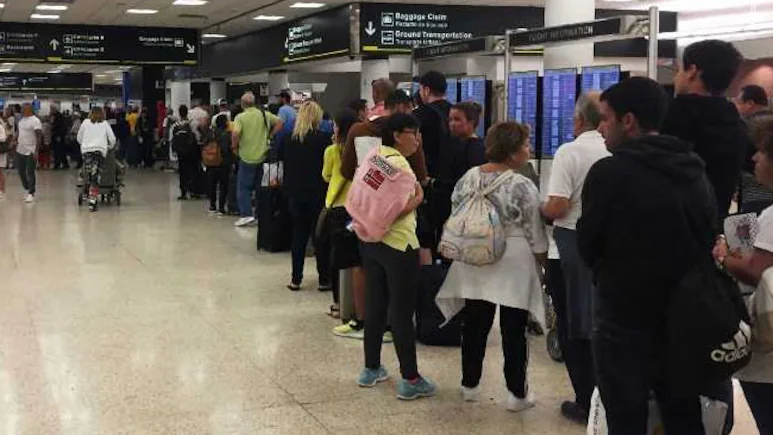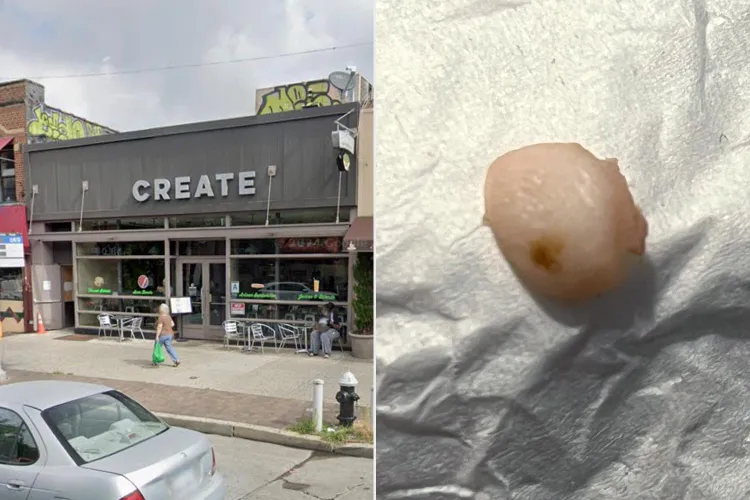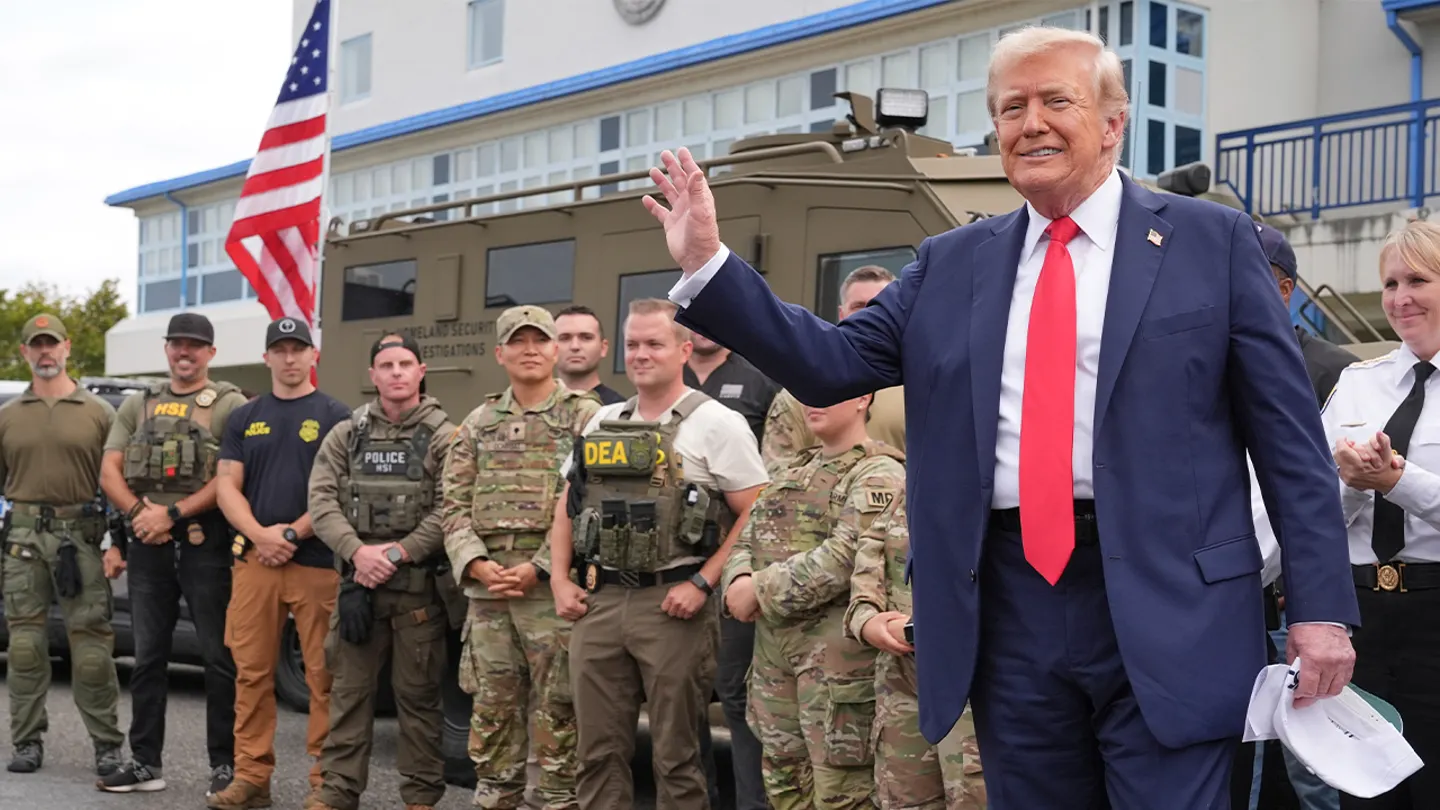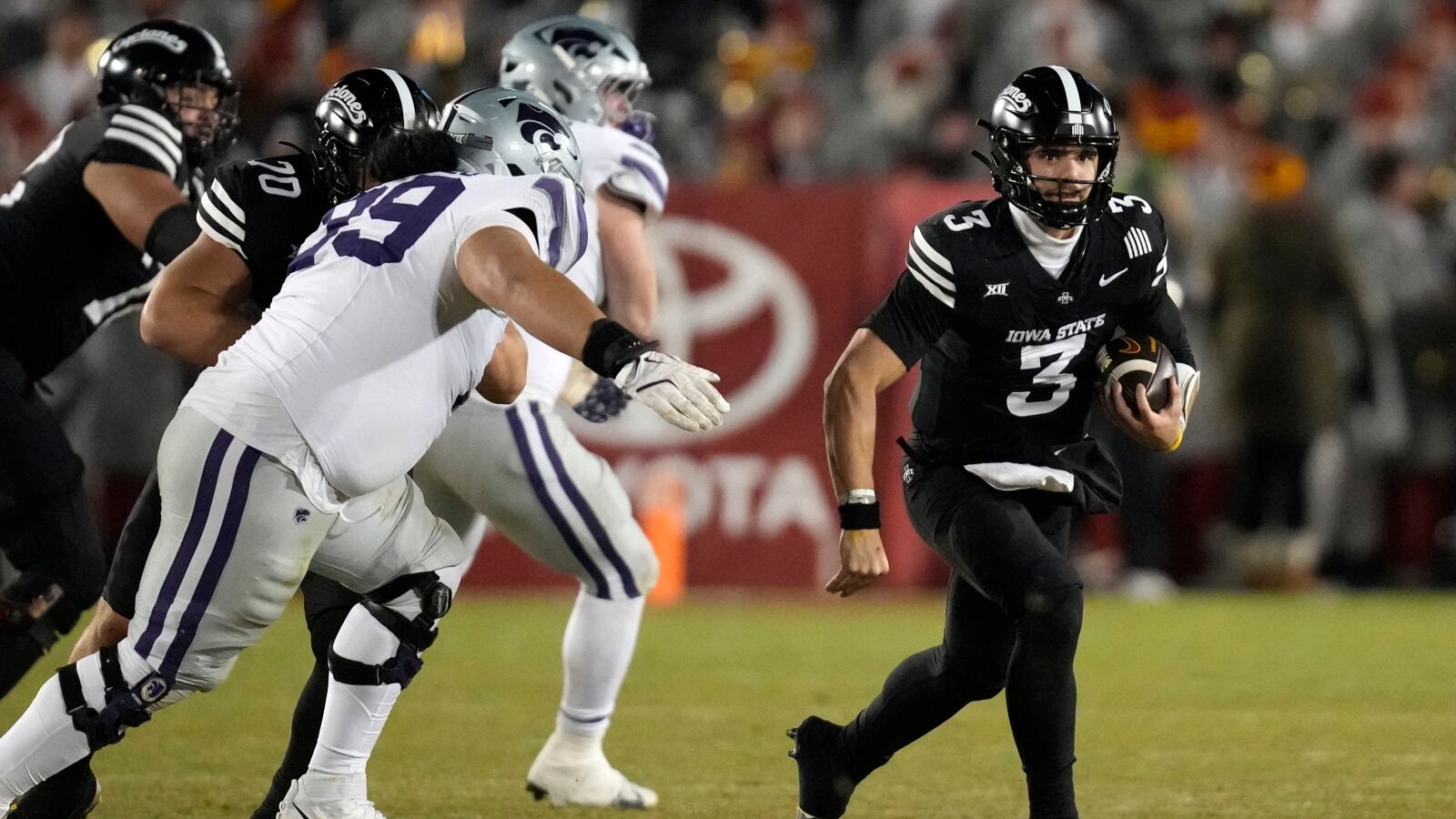The U.S. may soon relax one of its most
notorious
airport security rules: the limit on carrying liquids in hand luggage. Homeland Security Secretary Kristi Noem hinted Wednesday that changes could be coming to long-standing restrictions, which have been in place since 2006.
Speaking at a conference hosted by
The Hill
, Noem said she’s reevaluating several TSA procedures, including the policy limiting liquids to 3.4-ounce (100 milliliter) containers in carry-ons.
“I’m questioning the liquids rule,” Noem said. “That might be the next big announcement. We’ve built a multilayered screening system at TSA that gives us the flexibility to adapt without compromising safety.”
Noem didn’t offer specifics or a timeline for potential changes.
Currently, TSA guidelines allow
travelers
to bring liquids in containers of 3.4 ounces or less, all of which must fit into a single quart-sized, resealable plastic bag. Larger volumes must be checked, with exceptions for medication, baby formula, and breast milk.
The liquid ban was introduced following a foiled 2006 terror plot in which extremists planned to use liquid explosives hidden in carry-on bags to blow up multiple airliners mid-flight.
This comes just days after Noem
announced
that passengers are no longer required to remove their shoes at airport checkpoints—a policy in place since the failed “shoe bomber” attempt by Richard Reid in 2001.
Since its implementation, the liquid rule has led to countless airport frustrations—from passengers chugging water bottles at security to arguments over whether peanut butter or yogurt qualifies as a “liquid.” TSA’s extensive “What Can I Bring?” list continues to draw debate over the classification of gels, pastes, and spreads.
Looking ahead, Noem outlined a vision of streamlined airport travel: “Ideally, you’ll walk in with your carry-on, pass through a scanner, and head straight to your gate—all in under a minute.”
While no formal policy shift has been
announced
yet, her comments suggest the TSA is considering a major overhaul of one of air travel’s most persistent inconveniences.












